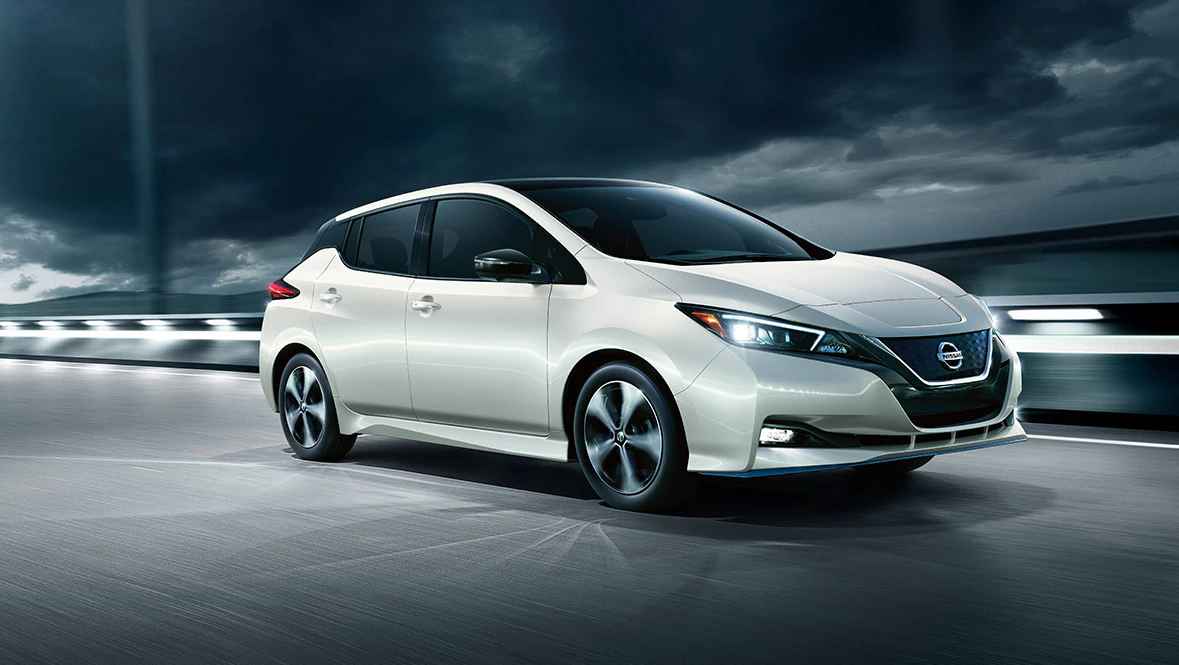


There’s still a separate instrument panel, there are still traditional buttons and knobs, and even the touch-capacitive controls are better executed than those found elsewhere ( cough, Volkswagen). The GT builds off the GT-Line with unique neon yellow accents and grippier seats, but the latter are manually adjustable, which is a misstep for a car that commands a luxury car price tag.ĭespite the futuristic look, every variation of the EV6 cabin is still perfectly usable by people used to the way cars operate now. Is the difference worth about $4,000? Probably not, but that’s one for you to decide. It should be noted there are considerable appearance and materials differences in the Wind and GT-Line trim levels, with the latter resulting in a sportier and richer environment. If you want your futuristic car to look futuristic, this delivers. From the piping of colorful lighting and swoop of metal trim on the center console, to the vibrant dual displays, there’s nothing else that looks quite like this (OK, so the Niro copies it a bit). What are the EV6 interior and in-car technology like? We go into greater detail about it in our EV6 GT first drive review. The good news is the addition of the new EV6 GT, the 576-horsepower high-performance variant that whips to 60 mph in 3.6 seconds. The elimination of the federal tax credit for EVs built outside of North America (the EV6 is built in South Korea) also doesn’t help on the value front. Nevertheless, the Wind trim level becomes the entry point by default and also gets a $1,000 price hike, effectively raising the EV6’s base price even further. Kia barely built any, so it’s hardly a loss that will be felt. The previous entry-level trim, the EV6 Light, has been discontinued. Interior & Technology | Passenger & Cargo Space | Performance & Fuel Economy What it's like to drive | Pricing & Trim Levels | Crash Ratings & Safety Features What's new for 2023? You may end up liking another EV better (perhaps the mechanically related Hyundai Ioniq 5, for example), and its lack of a federal tax credit may rule it out for budget reasons, but shoppers of EVs and crossovers alike definitely need to check it out. Put it all together, and the Kia EV6 isn’t just one of the most appealing electric vehicles, it’s one of the most appealing new vehicles, period. We also found it has a more useful cargo area than a pair of top competitors despite the official specs saying it has less. Its performance ranges from ample to “holy cow, my neck hurts.” Its interior satisfies the apparent need for an EV interior to be futuristic, but still manages to be highly functional thanks to easy-to-use technology, thoughtful storage and abundant passenger space. It has better-than-average range and far-better-than-average charging capability.

This electric crossover provides a just-right selection of virtues that shoppers for an EV and/or a crossover should be looking for. Ours included.īeneath those great looks, though, is a massive amount of substance. We’ve tested multiple versions at this point, from a base Wind RWD to the new high-powered EV6 GT with our GT-Line AWD long-term test car in between, and each manages to turn heads wherever they go. One thing is for certain: The 2023 Kia EV6 will turn heads. Pros: Good range and rapid charging excellent tech top safety scores compelling design wild GT performance Cons: No federal tax credit gauge design needs a rethink GT has limited range and no power seats 2023 Kia EV6 Review: Just as practical as it's cool (and it's really cool) And the new 576-horsepower EV6 GT makes it even cooler for 2023


 0 kommentar(er)
0 kommentar(er)
